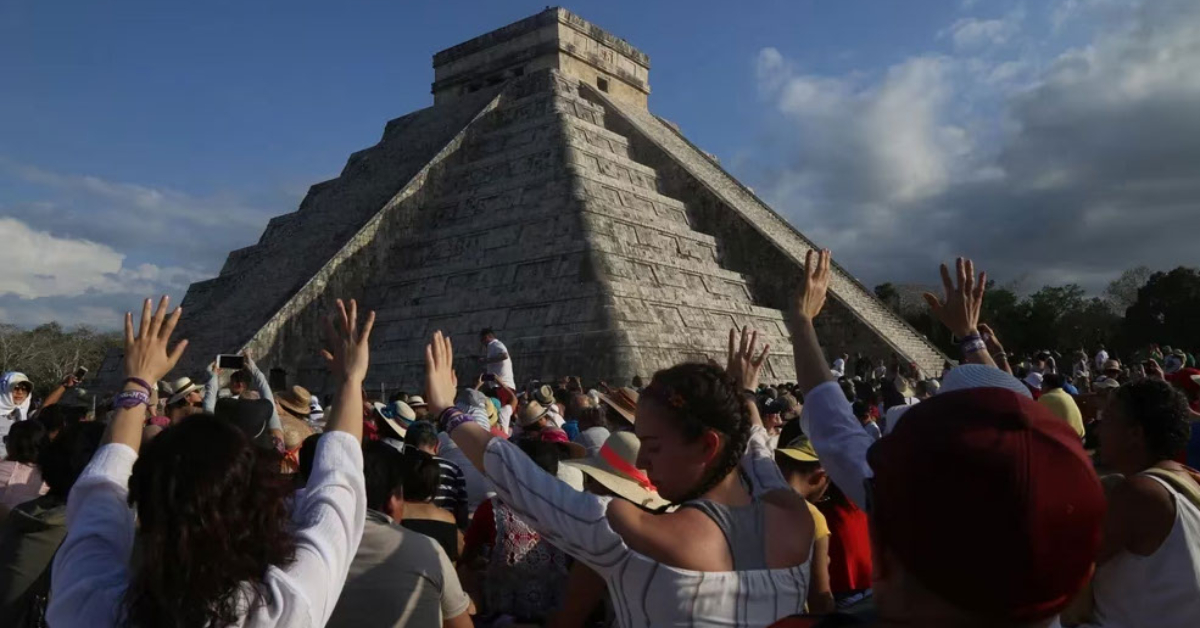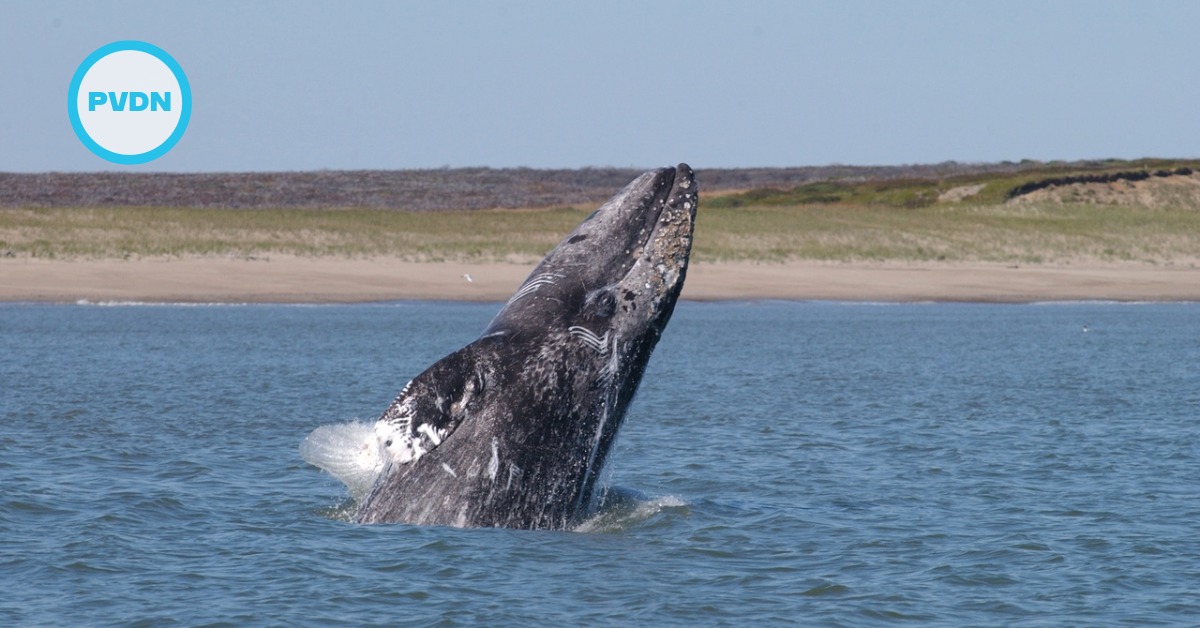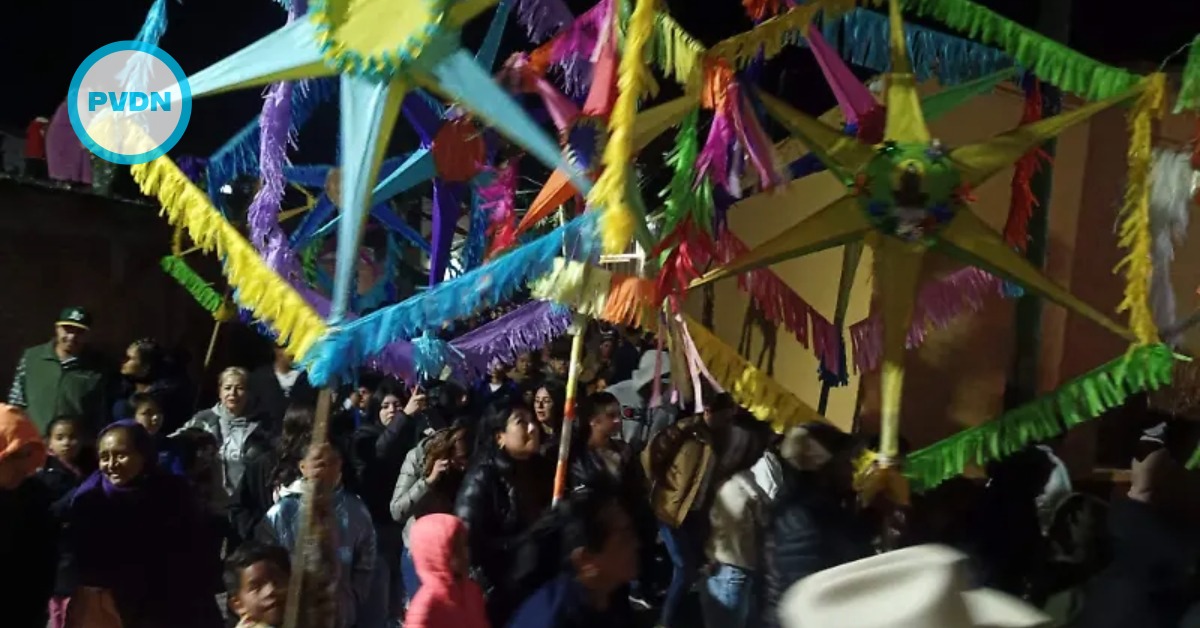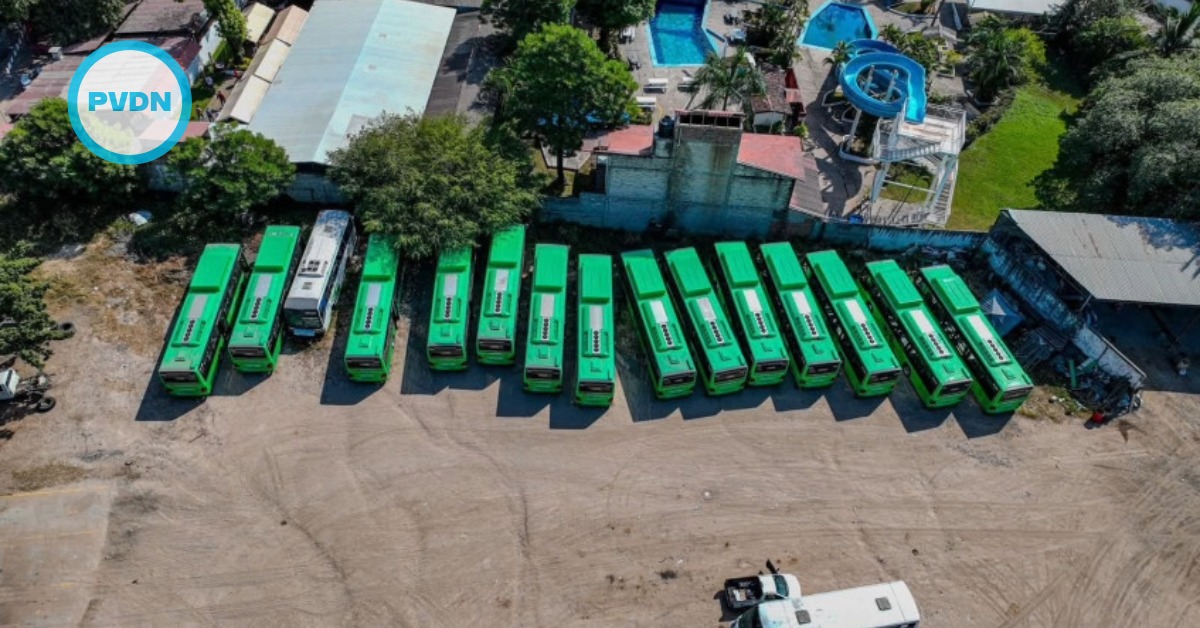Puerto Vallarta (PVDN) - Every year, two of the main archaeological zones in Mexico draw thousands of people from all over the world who gather to observe an astronomical event: the Spring Equinox. Both Teotihuacan, in the Mexican highlands, and Chichen Itzá, in the Yucatán peninsula, have two enormous palaces that —for hundreds of years— have projected light and shadow with ancient meaning.
What is the Spring Equinox
Day and night are the results of the rotation movement of the Earth, which consists of turns on its own axis; each of them lasts 24 hours, while the . . .







